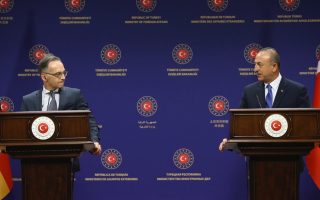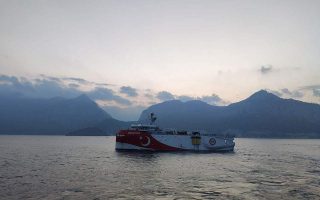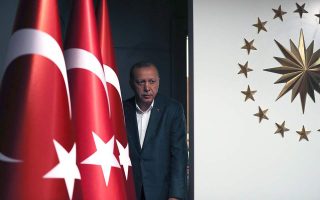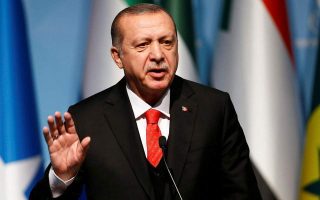Nagorno-Karabakh, the Azeri view
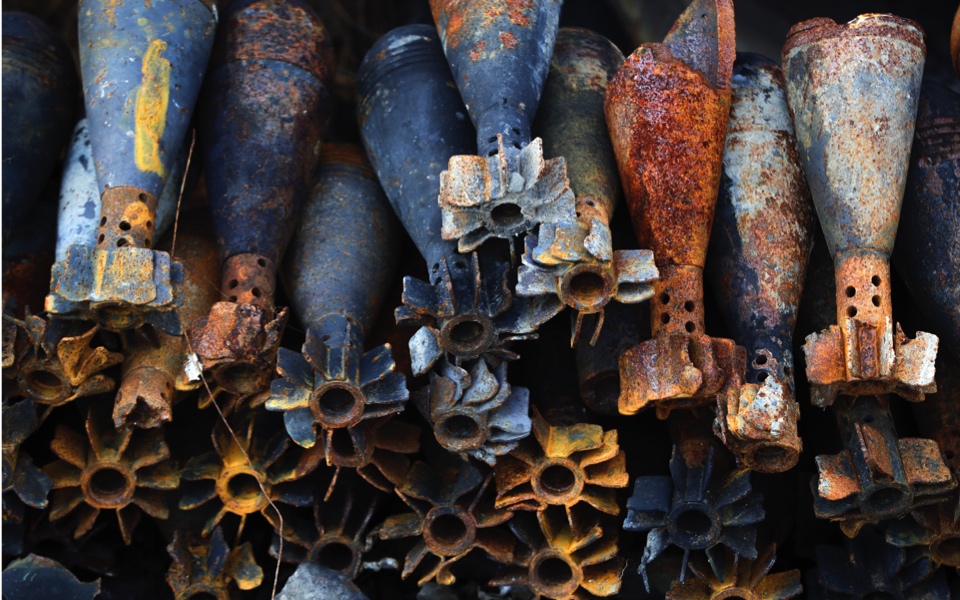
During the 44 days of the war in the occupied territories of Azerbaijan – Nagorno-Karabakh – and surrounding regions, we observed black propaganda against Azerbaijan in the international media. There was a biased approach to the conflict thanks to the false information about the historical facts and the whole conflict deliberately spread by Armenians.
First of all, I would like to draw your attention to one of the historical facts against the claims about the settlement of Armenians in Nagorno-Karabakh (NK) for centuries. In 1978, the Armenian population of NK celebrated the 150th anniversary of their resettlement to Azerbaijan by constructing a monument in the village of Maragashen, in the Agdara region (Armenians call it Mardakert). They called the village Maragashen because its first inhabitants were settlers from Maragha, a village in Iran. The monument’s legend read “150 years since the transfer.” In 1988, at the start of the Karabakh war, Armenians removed all evidence demonstrating that the Armenians of Karabakh were in fact descendants of those who had resettled in Karabakh over a hundred years earlier. The monument was completely changed and the inscription referring to “150 since the transfer” of Armenians to Karabakh was erased.
Secondly, the truth about the NK region of Azerbaijan is well documented in historical documents such as the Treaty of Kurakchay (1805), the Gulustan peace treaty (1813), the Turkmenchay peace treaty (1828), as well as the decision of the Caucasian Bureau of the Central Committee of the Russian Communist Party to keep NK within the boundaries of Azerbaijan SSR, the Constitution of the USSR, and the law “On the Nagorno-Karabakh Autonomous Oblast” from June 16, 1981. These should be referred to during journalistic investigations. Falsification by Armenians of all the facts contained in these historical documents and using the media as a tool for their underlying purposes are directed at deluding the international community from the real facts and creating misconceptions about NK.
As to the recent military aggression of Armenia, that country started fighting by attacking Azerbaijani positions on September 27. This was aimed at completely disrupting the negotiation process on the conflict which had been continuing for 26 years, on the basis of which Azerbaijan hoped to get its territories back. They began artillery shelling with heavy weapons, and in the first hours of the attack we had casualties including both civilians and military personnel. Ninety-two civilians have been killed and nearly 400 injured so far. With the adequate response of Azerbaijan a significant part of the occupied territories had been liberated by November 9, when a joint statement was signed. During those six weeks we were fighting in our own territories. We were not fighting against civilians; we were fighting against the Armenian Army on the battlefield, and we did not use any prohibited weapons.
The liberation of these territories is in line with the basic principles elaborated by the co-chairs of the OSCE Minsk Group and United Nations Security Council resolutions (1993).
Armenia committed ethnic cleansing against us. They expelled Azerbaijanis not only from Nagorno-Karabakh, but from seven districts on the administrative border of Nagorno-Karabakh where Armenian populations had never lived (we have 1 million refugees). They committed a genocide in Khojaly, they destroyed our cities and villages, changed the names of settlements, as barbarians turned our mosques into piggeries and insulted our religious feelings, and vandalized our graves and cultural, historical and architectural monuments. But we did not behave the same way, we did not take revenge. When they bombed Ganja, Barda and other cities and killed 92 civilians, we took revenge on the battlefield. We did not commit ethnic cleansing against Armenians. Armenians still live in Azerbaijan.
There was false propaganda by Armenians, as if Turkey’s soldiers fought from the Azerbaijani lines. We are against any internationalization of the conflict; we asked neighboring countries and other countries to stay away from this conflict. So there was no need for any kind of military involvement by Turkey.
There was not a single piece of evidence of the so-called Syrian fighters on our territory. That fake news was introduced into the media and European politicians started to exploit it. There were no foreign fighters on Azerbaijani soil and our army has more than 100,000 fighters, and, if necessary, with mobilization, this number could be increased several times over. Azerbaijan has always fought consistently against international terrorism. We did not and will never allow any terrorist organizations to build cells on our territory, let alone pose a threat to our people and our neighbors. We have a well-prepared and modern army. Azerbaijan bought arms for the sake of the army’s modernization needs, while Armenia got the same volume or even more as a gift (in exchange for independence) or at discounted prices from third parties. The heavy armament of the Armenian side in the last several months proves it had been preparing for war beforehand.
After liberation we are working on the return of Azerbaijani refugees to Nagorno-Karabakh. We will need to create at least the basic conditions for people to live there. By inviting international experts, we will evaluate the damage caused by the Armenian state against Azerbaijan and there will be lawsuits against the Armenian state. In the liberated territories almost everything was destroyed. Even after the ceasefire brokered by Russia on November 9, which demands the liberation of remaining regions by December 1, the Armenian vandals who settled in Kalbajar and Aghdam burned houses and the surrounding forests – or cut down the forests – while leaving the region.
Armenians say that the Armenians of Nagorno-Karbakah cannot live side-by-side with Azerbaijanis. Why can they coexist in other parts of the world? There are villages in neighboring Georgia where Armenians and Azerbaijanis live together in the same village. They live together in Russia, in Ukraine, in Azerbaijan, in many other parts of the world. Why can they live together there but not here?
We liberated our lands from the criminal gangs which occupied our territory. With respect to the Armenian population of Nagorno-Karabakh, they will continue to live there. They are our citizens, as was always the case.
Nagorno-Karabakh is as much a part of Azerbaijan as any other region of Azerbaijan.
Anar Huseynov is the Republic of Azerbaijan’s ambassador in Athens.
